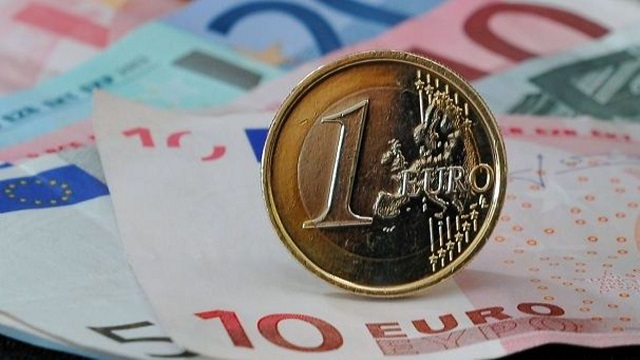
Brussels, Belgium | XINHUA | Europe formally and dramatically entered into recession Friday, with the latest data released by the European Union showing that the 19-member eurozone saw their economies contract by 40.3 percent in the second quarter of 2020, compared with the same period a year ago.
The main culprit, according to economists, was the stringent coronavirus lockdowns put into place across the continent starting in March, halting most non-essential industrial production, bruising business and consumer confidence, slowing tourism to a trickle and severely dampening global trade.
The latest news comes on the heels of data showing the eurozone economies shrunk by 14.4 percent on an annualized basis in the first three months of the year, which drew to a close just as the coronavirus infection rate began to soar in Europe.
On a quarter-by-quarter basis, the eurozone economies contracted by 12.1 percent in the second quarter of 2020, following a 3.8-percent drop in the first quarter of the year compared with the final three months in 2019.
By either measurement, it means the countries entered into a collective recession, which is defined by two consecutive quarters of negative economic growth.
“The latest figures are even more dreadful than we expected,” Carsten Brzeski, chief German economist with Netherlands-based investment bank ING, told Xinhua. “These are preliminary estimates and we could see some small upward adjustments in the next few weeks. But the headline won’t change: this is a clear snapshot showing how much the eurozone countries have been battered in recent months.”
According to Holger Schmieding, chief economist with Germany’s Berenberg Bank, the news for the second half of the year could be more positive, though it will not be enough to compensate for the blow European economies took in the first half of the year.
“There are reasons to believe (Europe) is having a much bigger snapback than we would have expected,” Schmieding said in an interview. He said that despite the weak state of European economies that in terms of economic recovery, European countries “may be getting ahead of the United States,” where the coronavirus is still spreading. In Europe, infection rates are still well below their peaks, even if they have risen slightly in some countries over the past two weeks.
According to economists who spoke with Xinhua, that difference is the main factor behind the strengthening of the euro currency against the U.S. dollar in recent weeks. Since mid-May, the euro has gained more than 10 percent against the U.S. dollar, according to inter-bank data, strengthening from 1.082 U.S. dollars per euro on May 15 to Friday’s close at 1.191 U.S. dollars per euro.
The last time the euro was this strong against the U.S. dollar was more than two years ago when one euro was worth 1.198 U.S. dollars on May 8, 2018.
“What we are seeing now is more of a weakening of the dollar than we are a strengthening of the euro,” ING’s Brzeski said.
Still, a stronger euro is likely to act as a drag on near-term European growth prospects, since it makes European exports more expensive in relative terms.
Lorenzo Codogno, the founder and chief economist of LC Macro Advisors and a visiting professor at the London School of Economics, told Xinhua that European economies should be able to bounce back in the coming months despite the unexpectedly strong currency.
“The overall outlook is what counts most and at least for the next few months that probably favors Europe,” Codogno said. “Industrial output should pick up and even the difference in interest rates has all but disappeared. European economies have suffered unprecedented setbacks, but as long as the (coronavirus pandemic) remains under control, the worst should be in the past.”
******
XINHUA
 The Independent Uganda: You get the Truth we Pay the Price
The Independent Uganda: You get the Truth we Pay the Price


